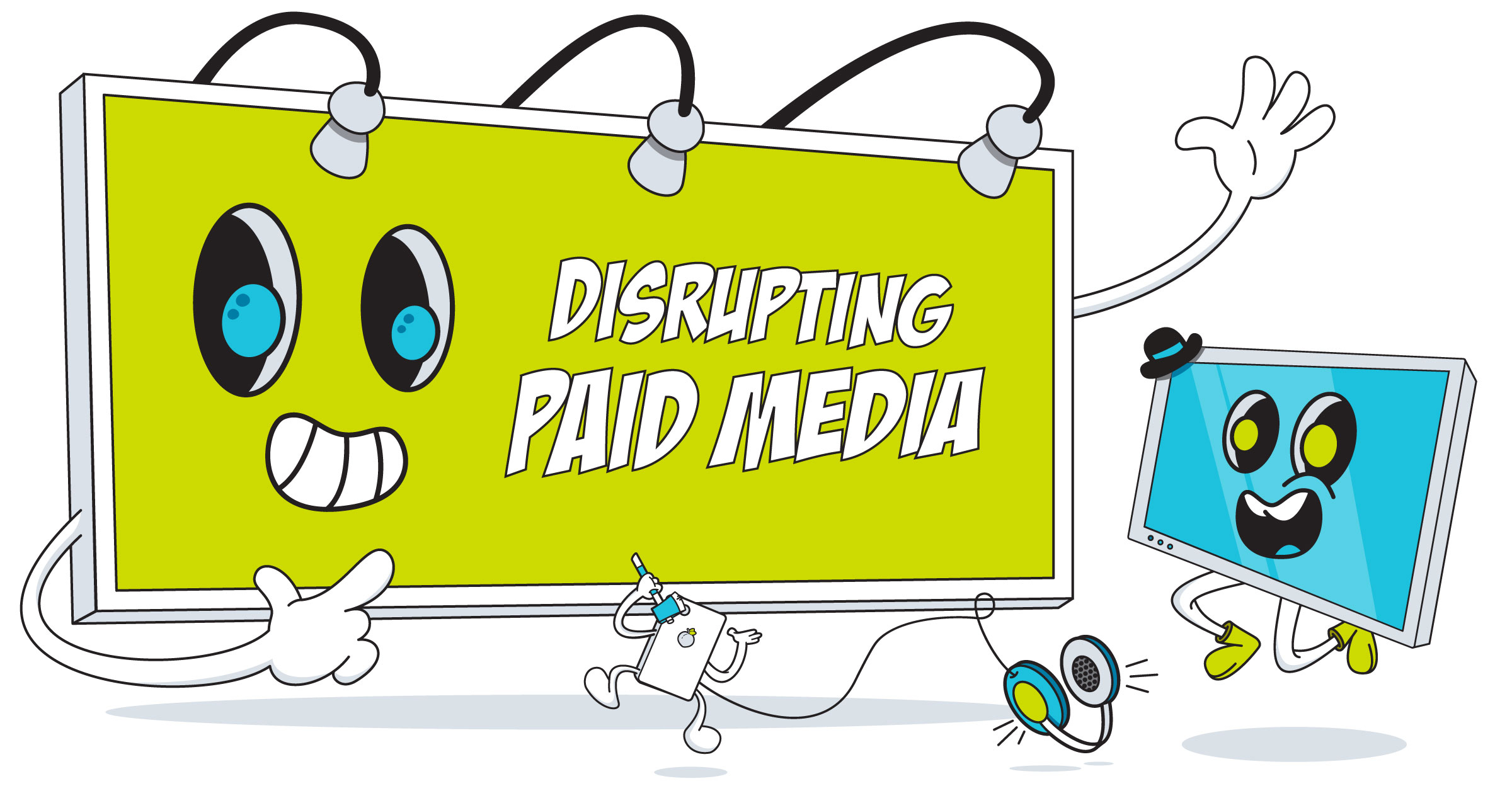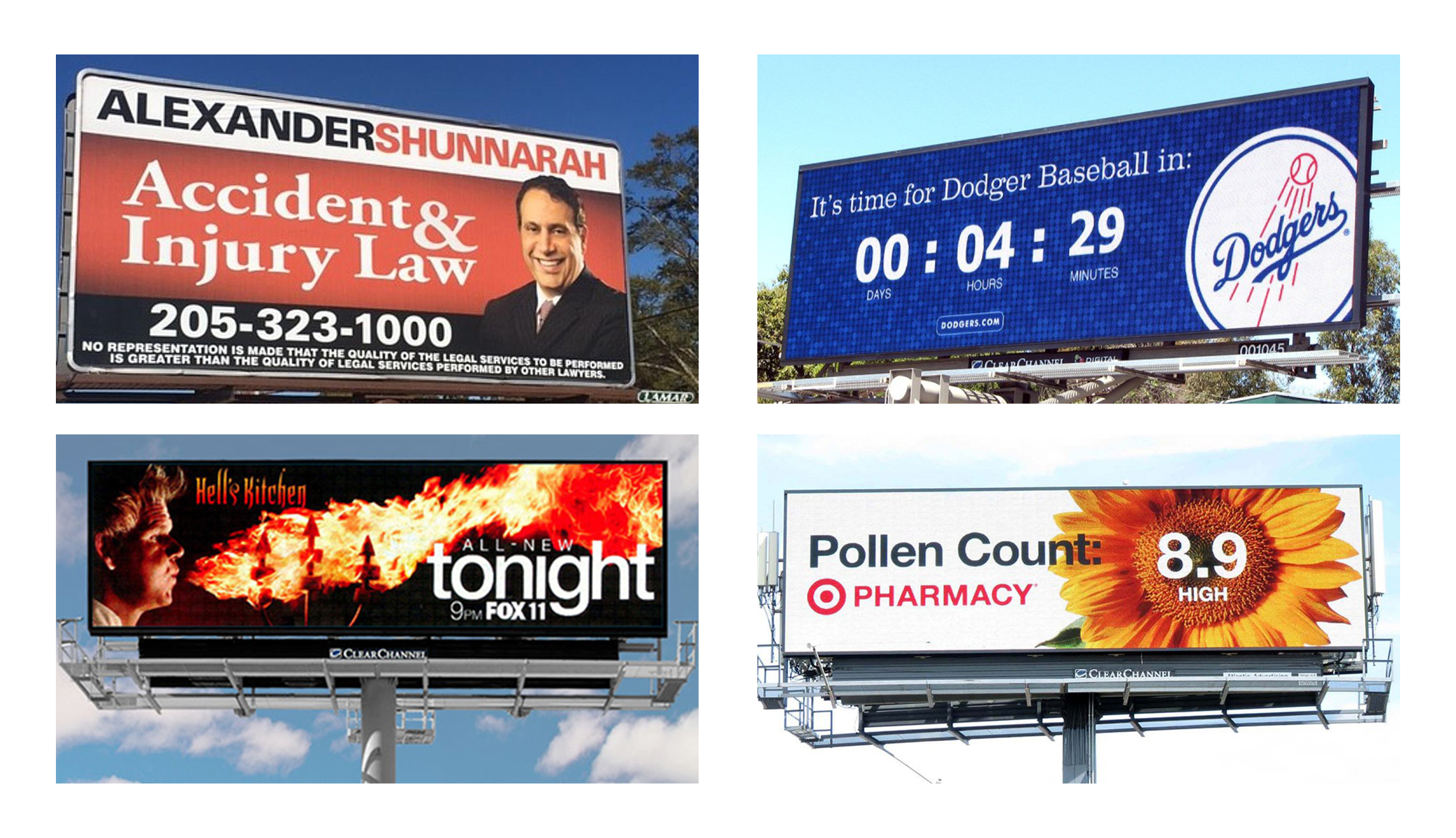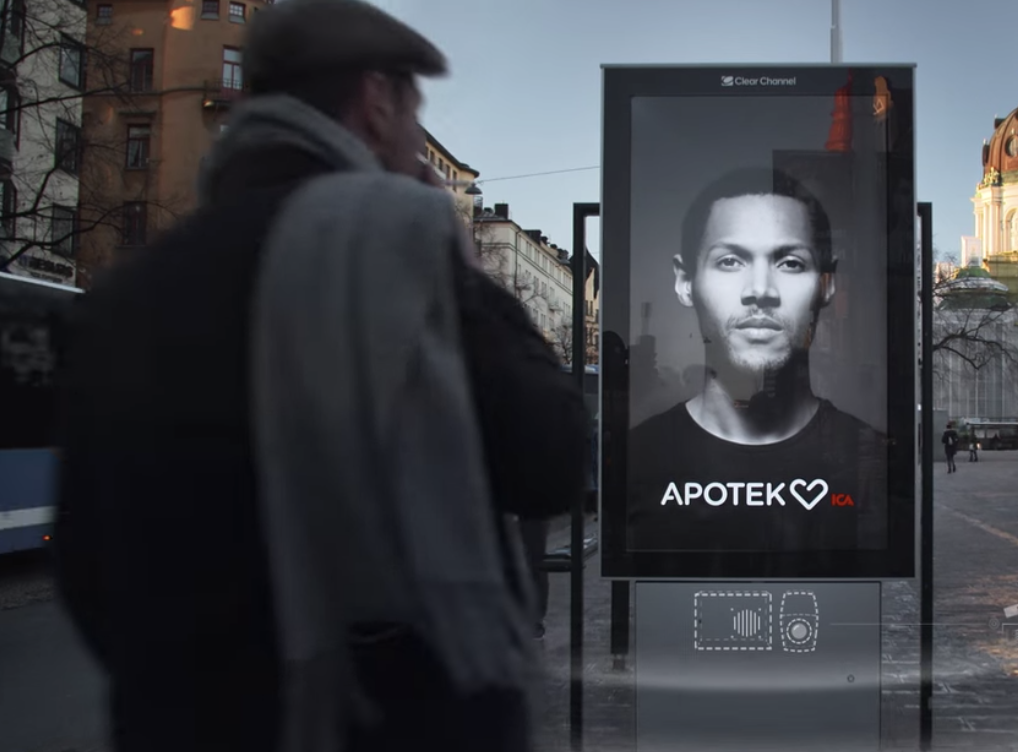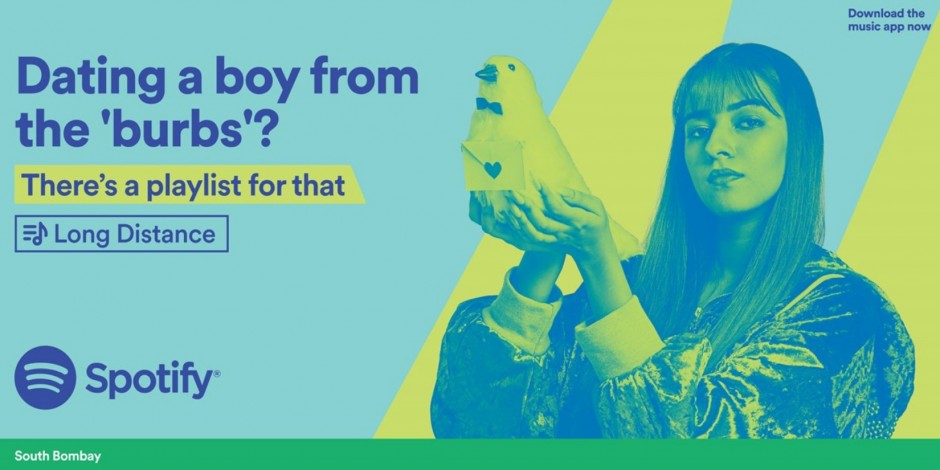The Addressable Media Disruption is Upon Us

If you’ve ever dipped your toes into paid media, you know how fast things change. Everyone is fighting to get in front of the same audience, whose attention is getting harder and harder to reach. The amount of ads thrown at consumers every day is enough to give anyone a headache. But for some reason, instead of putting our iPhones down, we would rather take an Excedrin and lose a few hours of sleep scrolling through Instagram, where we discover that an ex-boyfriend has a new girlfriend, who happens to be really cute. Then we sign-up for a FabFitFun box, because in that moment, it feels fitting.
Advertisers are getting smarter. I mean, we don’t just sign up for a FabFitFun box after seeing one ad on Instagram in a vulnerable moment. We sign up for a FabFitFun box because it promised us happiness through the videos we saw on Facebook, the Snapchat stories of girls unveiling their boxes and the commercials we were served on TV. All of these things led to a purchase. But, how do these ads hit us at the exact moment we’re willing to pull the trigger?
That's where artificial intelligence and machine learning come into play. The technological advances in AI and machine learning we’ve seen over the past year have paved the way for new forms of digital media and advertising. The way we buy media today is completely different than it was 10 years ago, or even one year ago.
As we head into 2020, these advanced targeting capabilities will change paid media as we know it.
Video
Over the past few years, video has become increasingly important for brands. Gone are the days where you can produce one direct response commercial and run it all year long. Consumers are demanding more personalized, interactive ways to connect with brands, and video is a great outlet for this if leveraged correctly.
Traditionally, video has been dominated by linear TV advertising — that is, typical cable television commercial breaks. But with the evolution of the smart TV and subscription services, people began cutting the cord and switching to over-the-top (OTT) providers such as Roku or Amazon Fire.
Through OTT providers, people can stream content on a variety of devices, making it easier than ever for advertisers to target niche audiences. This combined with the ability to track users across multiple devices, including connected TVs, can be extremely powerful in reaching audiences for only a fraction of the cost of a traditional TV spot.
With OTT advertising growing rapidly, we have seen a shift in not only the types of commercials produced, but also the types of advertisers entering the space. For example, for up-and-coming brands like Blue Apron, advertising on linear TV probably wasn’t in the budget. However, they are excelling in the OTT space. Instead of targeting everyone watching a show on Food Network, OTT capabilities allow them to target, say, only working moms, aged 30 to 45, who have young kids and have shown interest in eating healthy.

As people stream content more than ever before, the number of streaming services is increasing rapidly. However, the number of streaming services is growing faster than the number of people looking for a new streaming service. This has created the so-called “streaming wars.”
While this has created ample opportunity for marketers to advertise on different platforms, it is very important that we keep a close eye on the streaming content landscape, as I imagine it will continue to evolve throughout 2020 and beyond.
Outdoor
In the past, outdoor or out of home (OOH) advertising meant old-school billboards or signage, but that landscape is changing drastically. Traditional billboards are quickly becoming old-fashioned as digital billboards sweep across the world. Not only can you now buy out of home ads programmatically, but capabilities such as facial recognition, license plate number recognition, age, weather conditions and more emerge. Yes, that could be why you keep seeing billboard ads for a 2020 Jeep Wrangler when you drive a 2018 Jeep Wrangler.
These capabilities may seem creepy, but they allow marketers to personalize OOH experiences. This not only makes it more affordable for brands to reach the right audience, but also improves the user experience.
First, imagine a 10-hour car ride where you pass nothing but accident and injury law billboards. Now, imagine a 10-hour car ride where you pass relevant, time-sensitive billboards. I can tell you which drive would be more enticing to me, especially while the rest of the car is dead asleep.

Source 1, Source 2, Source 3, Source 4
Today, digital signage is everywhere, in malls, stadiums, bus stops, plazas of big cities, airports, subways, hotels, gas stations and beyond.
In Sweden, one anti-smoking campaign used billboards that could detect cigarette smoke. When the billboard detected passersby lighting up, it displayed a clip of a man coughing, followed by resources to quit smoking.
Audio
When we think about audio marketing, we typically think about classic radio jingles. While radio commercials are still a common form of audio marketing, people are spending more time listening to podcasts and streaming music. In fact, eMarketer predicts that 2020 will be the first year that people spend more time listening to digital audio than radio.
With these changes in listening habits, advertising on music-streaming services is also on the rise. Streaming services such as SiriusXM, Pandora and Spotify have become increasingly popular. While consumers may not be aware, many of these music streaming services have ample data about us. Not only do they have demographic data and music-listening statistics, but they also know what people are doing while they listen to music, where they are when they listen, how they typically listen and the time of day that they are listening. All of these data points can be used to target people with ads.
Spotify gained audio-advertising credibility when they nailed Tropicana’s “Made to Go '' campaign. Tropicana wanted to connect with consumers in key moments as they moved through daily activities, with the goal of driving home the message that a single-serve bottle of orange juice is the perfect accompaniment to a busy, active life. By using Spotify’s streaming intelligence, they were able to reach specific audience segments such as commuters, fitness enthusiasts and grocery shoppers.
On top of this, they also used playlist targeting to reach people as they streamed in specific moments like working out, getting ready, traveling, focusing and chilling out. Taking into account the different audience segments, as well as the specific moments people were listening, they were able to tailor the creative to the user, making this campaign highly personalized and effective.

Podcast spots have also gained major traction in recent years. Even though podcast advertising hasn't been around long, it has already evolved. In the past, advertising on podcasts meant finding specific shows that you knew your audience listened to. But companies like Spotify are turning that approach upside down. Spotify recently announced its new streaming ad-insertion technology, which allows ads to be inserted into shows in real-time, based on targeted user data. This technology makes data such as ad impressions, frequency, reach, gender, device type, etc. available to podcast advertisers, in the same way that this data has been available to people advertising on music-streaming platforms. As this new technology rolls out, we can expect it to transform the podcast ad industry as a whole.
Where Do We Go from Here
If you’re a marketer, you’re probably thinking, where do I even begin? With all the technology that’s available and the speed at which things are changing, it seems near impossible to keep up.
It all starts with an open mind and the ability to adapt to new changes. Be willing to test out new technologies and platforms that utilize machine learning and artificial intelligence. Stay hungry for knowledge and, most importantly, continuously challenge the norm.


Comments
Add A Comment